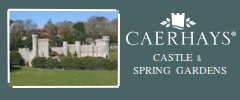- Shop Now
- Burncoose Specialities
- This Month
- Offers & Promotions
- RHS Chelsea Flower Show 2024
- 40 years at Burncoose
- Engage With Us
- Information, Help & Advice
- About Us & Our Services
- Terms & Conditions
- Log In / Register
CENTAUREA
Commonly known as Knapweed
Genus of about 650 species of annuals, perennials and subshrubs widely found in dry sites, rocky mountain slopes, subalpine meadows, woodland and sand dunes mainly in Europe and the Mediterranean.
Some Knapweeds in the wild can be invasive but garden forms are ornamental and all are beneficial to insects.
In the UK the common C. nigra, Hardhead, can be dried and flower tops make a pale yellow-green dye.
The native perennial Greater knapweed, C. scabiosa can be found mainly in the south and east of England in hedgerows, on roadsides and in dry grassland.
-
HerbaceousEarly in the year, typically January till end of March, herbaceous plants might be supplied in 9cm pots to ensure timely despatch.Thistle-like, spherical or hemispherical flowers with tubular florets.
-
 Full sun
Full sun
-
Additional Features
 Good to knowWildlife plant - bees and butterflies.
Good to knowWildlife plant - bees and butterflies. Pests & DiseasesPowdery mildew.
Pests & DiseasesPowdery mildew. Place of originEurope, Mediterranean, North America, Australia.
Place of originEurope, Mediterranean, North America, Australia. -
Soil ConditionsFertile well drained soil
- Dividing Herbaceous Perennials - Video Tip ondemand_video
- Spring Planting Osteospermums - Video Tip ondemand_video
- Dividing Summer Perennials - Video Tip ondemand_video
- Dividing summer flowering Hemerocallis - Video Tip ondemand_video
- Summer propagation - Video Tip ondemand_video
- Self-seeding aquilegia - Video Tip ondemand_video
- Supporting Plants - Video Tip ondemand_video
- Dead heading meconopsis - Video Tip ondemand_video
- Dead heading Delphiniums - Video Tip ondemand_video
- Feeding herbaceous peonies - Video Tip ondemand_video
- Overpotting Problems - Video Tip ondemand_video

CENTAUREA montana

CENTAUREA montana 'Purple Heart'

GERANIUM phaeum 'Album'

GLADIOLUS communis

TULBAGHIA violacea
Buy Varieties of CENTAUREA
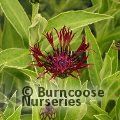
CENTAUREA 'Jordy'
deep reddish-purple feathery flowers and silvery leaves

CENTAUREA montana 'Alba'
pure white flowers growing up to 45cms(18ins)
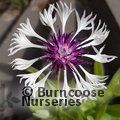
CENTAUREA montana 'Purple Heart'
white cornflower with purple centre
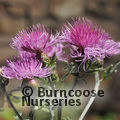
CENTAUREA 'Silver Feather'
compact. Lilac-pink cornflowers above frosted silver foliage
Useful extras...
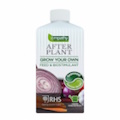

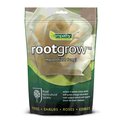


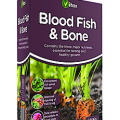

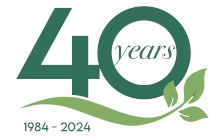
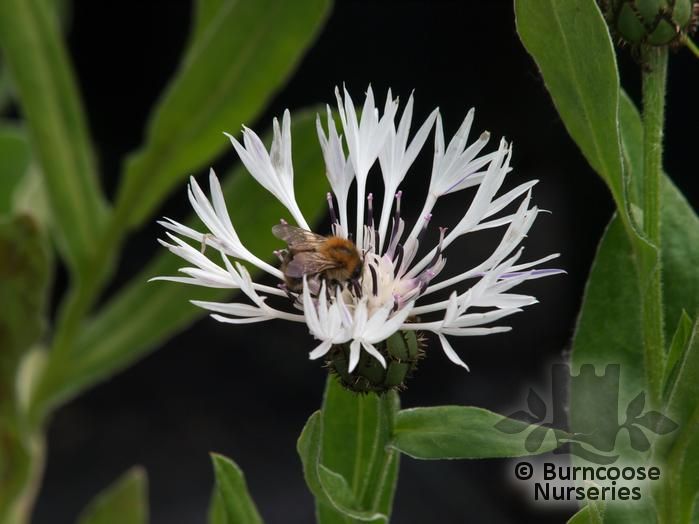
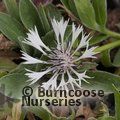
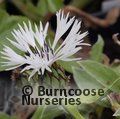






 Gift-wrapping available
Gift-wrapping available
